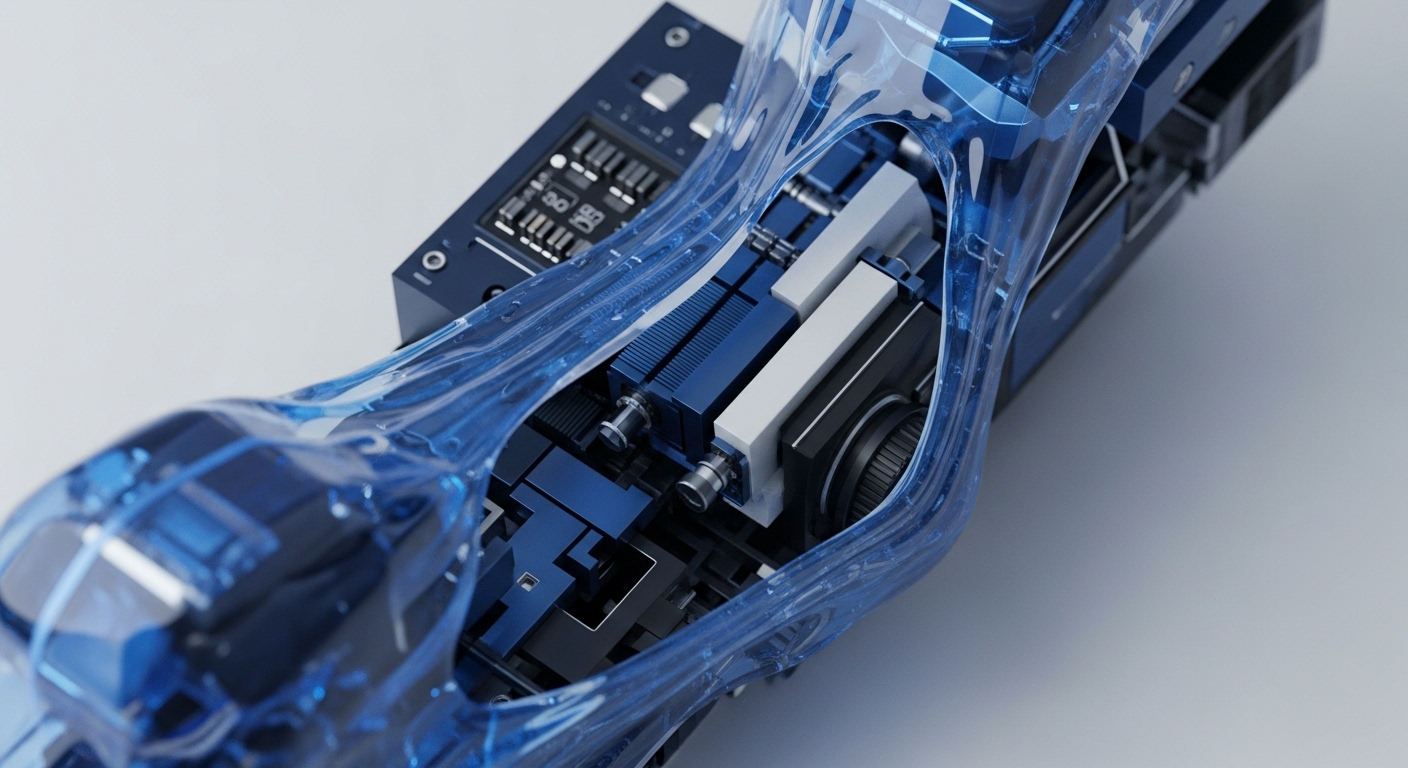
Briefing
The XR Foundation has deployed XR One, a Layer 3 Arbitrum Orbit Chain, fundamentally altering the economics and user experience for high-volume Web3 gaming. This application-specific rollup eliminates the user-facing transaction costs and provides a dedicated execution environment, directly addressing the scaling limitations of general-purpose Layer 2s for games. The most critical structural metric is the chain’s potential to handle millions of daily transactions with sub-second finality, a necessity for competitive gaming loops.

Context
The prevailing challenge in the Web3 gaming vertical has been the inability of general-purpose Layer 1 and Layer 2 networks to offer the requisite blend of high throughput, near-zero transaction cost, and consistent block production. Developers were forced to compromise between security (settling to Ethereum) and performance, leading to poor user experiences where in-game actions were often prohibitively expensive or slow. This friction prevented the adoption of Web3 mechanics in titles requiring rapid, high-frequency state changes.

Analysis
The deployment of XR One alters the application layer by shifting the cost and complexity of the execution environment away from the end-user and onto the protocol layer. As a Layer 3 chain built on Arbitrum Nitro, it leverages the core Arbitrum One security while offering complete customization, including the potential for a native or gas-free token model. This creates a powerful product flywheel ∞ zero-cost transactions improve user retention, which drives higher on-chain activity, and the dedicated execution layer ensures consistent performance, making complex, real-time game mechanics viable for the first time on a rollup. Competing protocols that rely on shared Layer 2 blockspace will face a clear disadvantage in both cost and performance isolation.

Parameters
- Layer Type ∞ Layer 3 Arbitrum Orbit Chain. A customizable, application-specific rollup that settles to an existing Layer 2 (Arbitrum One) for security.
- Core Technology Stack ∞ Arbitrum Nitro. The underlying technical stack providing EVM compatibility, advanced compression, and interactive fraud proofs.
- Primary Vertical Focus ∞ Web3 Gaming. The chain is optimized for high-volume, low-latency transactions required by competitive and mass-market games.

Outlook
The strategic outlook for XR One is to become a foundational building block for other gaming studios, effectively creating a ‘Gaming Superchain’ within the Arbitrum ecosystem. This model is highly forkable, and competitors like Optimism’s Superchain or Polygon’s CDK will likely see similar application-specific Layer 3s emerge to capture vertical market share. The next phase will involve the launch of the first high-profile titles, which will serve as the crucial stress test for the chain’s throughput and the efficacy of its customized gas model. Success here will validate the Layer 3 thesis for all high-volume application categories.

Verdict
The launch of a dedicated Layer 3 gaming chain validates the vertical-specific rollup model as the necessary architecture for achieving mass-market Web3 application scale.
